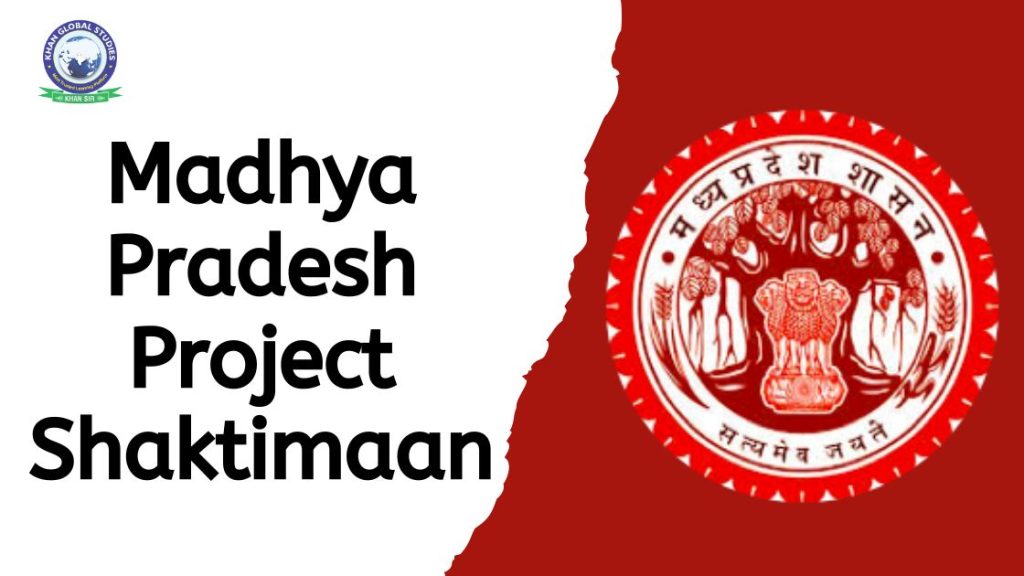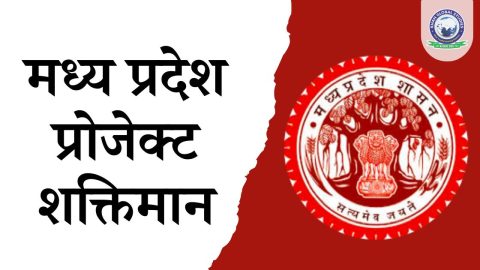Madhya Pradesh, often referred to as the “Heart of India”, is witnessing a transformational initiative by the name of Project Shaktimaan. This ambitious project is designed to revitalize various sectors of the state, aiming at holistic development. So, why is Project Shaktiman so important? Let’s go into detail and explore its objectives, strategies, and potential impacts.
Background of Project Shaktiman
Historical Context
Project Shaktiman is rooted in the rich history and cultural heritage of Madhya Pradesh. The state has long been a hub of agricultural and industrial activity. However, in recent years, there has been a growing need to modernize infrastructure, enhance technological integration, and promote socio-economic development.
Government Initiative
The Madhya Pradesh government, led by visionary policymakers, launched Project Shaktiman to address these needs. The project covers a wide range of initiatives, from infrastructure development to social welfare programs, aimed at creating a strong framework for sustainable development.
Goals and Objectives
Project Shaktimaan is based on several main goals:
- Enhance infrastructure in urban and rural areas.
- Promote economic growth through job creation and investment.
- Improve social welfare by focusing on education, health, and empowerment.
Short-term and long-term objectives
In the short term, the project aims to provide immediate relief and development in critical sectors. Long-term objectives include establishing a sustainable model of development that can be replicated in other states as well.
Target Areas and Beneficiaries
Geographical Focus
Project Shaktimaan targets various regions of Madhya Pradesh, with a focus on both rural and urban areas. This balanced approach ensures that development is inclusive and comprehensive.
Primary Beneficiaries
The primary beneficiaries of Project Shaktimaan include farmers, women, youth, and marginalized communities. By addressing the needs of these groups, the project aims to create a more equitable society.
Implementation Strategy
Phased Approach
The implementation of Project Shaktimaan is structured in phases. This provides systematic progress and the ability to address challenges. Each phase builds on the previous phase, ensuring sustainable development.
Stakeholder Involvement
A key aspect of the implementation strategy is the involvement of various stakeholders, including government bodies, private sector partners, and local communities. This collaborative approach ensures that the project is holistic and meets the needs of everyone involved.
Role of Technology
Technological Innovations
Technology plays a key role in Project Shaktimaan. Innovations such as smart agriculture, digital education platforms, and e-governance tools are being leveraged to enhance efficiency and accessibility.
Digital Tools and Platforms
Digital tools are being used to monitor progress, facilitate communication, and deliver services. This integration of technology ensures transparency and accessibility for all stakeholders.
Infrastructure Development
Major Infrastructure Projects
Project Shaktimaan involves several major infrastructure projects such as building roads, improving irrigation systems, and enhancing public amenities. These projects are important to support economic activities and improve the quality of life.
Rural and Urban Development
Both rural and urban areas are being developed under Project Shaktimaan. In rural areas, the focus is on improving agricultural productivity and providing basic amenities. In urban areas, efforts are being made to modernise infrastructure and enhance connectivity.
Economic Impact
Job Creation
One of the significant economic impacts of Project Shaktimaan is job creation. By investing in various sectors, the project is creating employment opportunities for the local population.
Boosting the Local Economy
The project also aims to boost the local economy by attracting investments, promoting entrepreneurship and supporting small and medium enterprises (SMEs).
Social Impact
Education and Health Initiatives
Education and health are two important areas of focus. The project includes initiatives to improve educational infrastructure, provide quality healthcare services and promote awareness about health and hygiene.
Women and Youth Empowerment
Empowering women and youth is the main objective of Project Shaktimaan. Various programmes are being implemented to provide skill development, financial assistance and entrepreneurship opportunities.
Environmental Considerations
Sustainable Practices
Project Shaktimaan is committed to sustainable development. This includes promoting environmentally friendly practices, reducing carbon footprint and ensuring conservation of natural resources.
Green Technologies
The project also incorporates green technologies such as solar power, waste management systems and water conservation techniques to promote environmental sustainability.
Challenges and Solutions
Key Challenges
Despite its ambitious goals, Project Shaktimaan faces several challenges including financial constraints, logistics issues and resistance to change.
Proposed Solutions
To address these challenges, the project adopts strategies such as obtaining additional funding, enhancing logistics planning and running awareness campaigns to promote acceptance and participation.
Government and Private Sector Collaboration
Partnership Models
Collaboration between the government and the private sector is essential for the success of Project Shaktimaan. Various partnership models are being explored to leverage the strengths of both sectors.
Role of the Private Sector
The private sector plays a vital role in providing investment, expertise and innovative solutions. This collaboration ensures that the project is well-resourced and managed effectively.
Future Prospects
Expansion Prospects
The success of Project Shaktimaan in Madhya Pradesh paves the way for its expansion to other states. The model can be adapted to suit the specific needs and conditions of different regions.
Long-term Vision
The long-term vision of Project Shaktimaan is to create a self-reliant development model that ensures sustainable growth and prosperity for future generations.
Conclusion
Project Shaktimaan is a transformational initiative that holds great hopes for the state of Madhya Pradesh. By focusing on holistic development, leveraging technology, and promoting collaboration, the project aims to build a better future for all its citizens. The journey is challenging, but with determination and collective effort, the goals of Project Shaktimaan can be achieved.
Frequently Asked Questions
Q: What is Project Shaktimaan?
Answer: Project Shaktimaan is a comprehensive development initiative that aims to revitalize various sectors in Madhya Pradesh, with a focus on infrastructure, economic development, and social welfare.
Q: Who will benefit from Project Shaktimaan?
Answer: The main beneficiaries are farmers, women, youth, and marginalized communities, as well as the general population in both rural and urban areas.
Q: How does Project Shaktimaan impact the economy?
Answer: The project boosts the local economy by creating jobs, attracting investments, and supporting small and medium enterprises.
Q: What are the main challenges of Project Shaktimaan?
Answer: The main challenges include financial constraints, logistics issues, and resistance to change. Solutions include obtaining additional funds, improving logistics planning, and running awareness campaigns.
Q: What is the future of Project Shaktimaan?
Answer: The project has the potential to expand to other states and aims to create a self-sustaining development model for long-term growth and prosperity.




